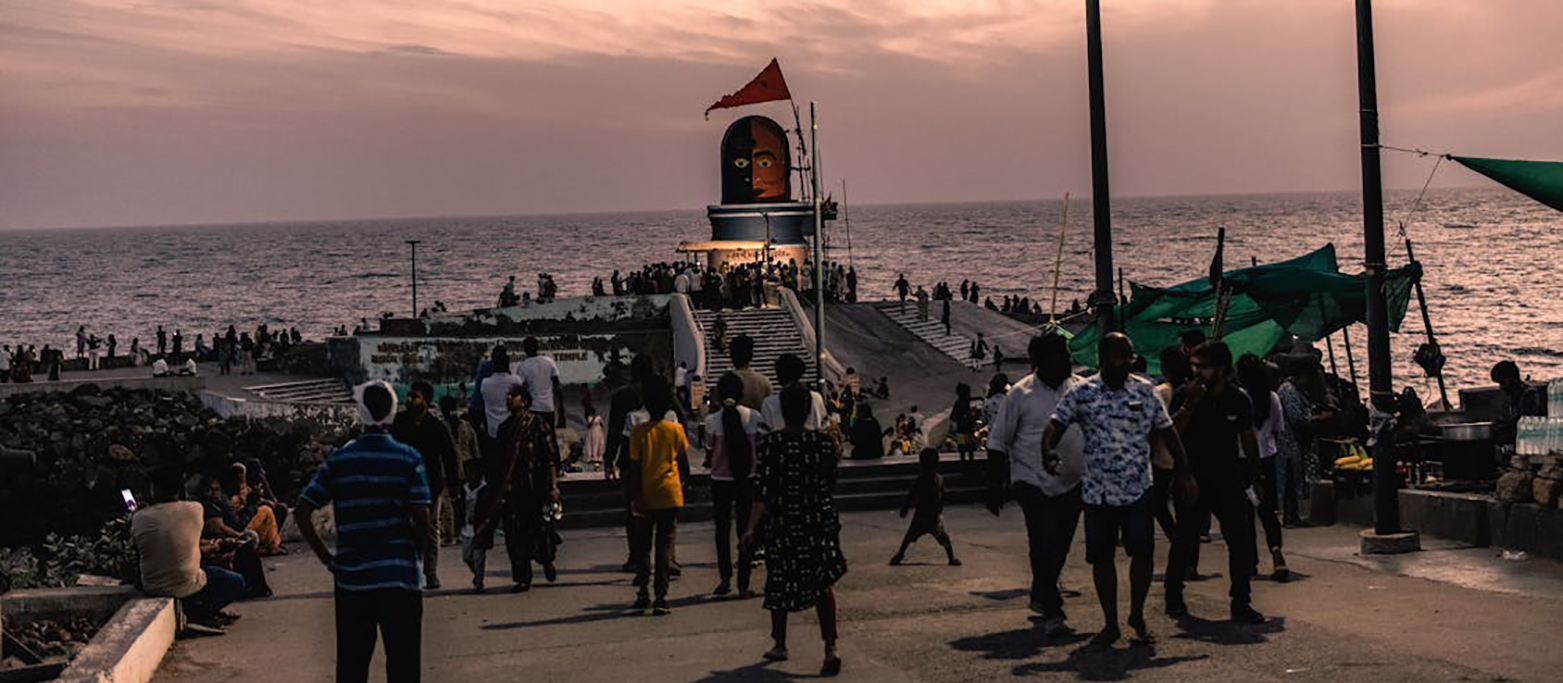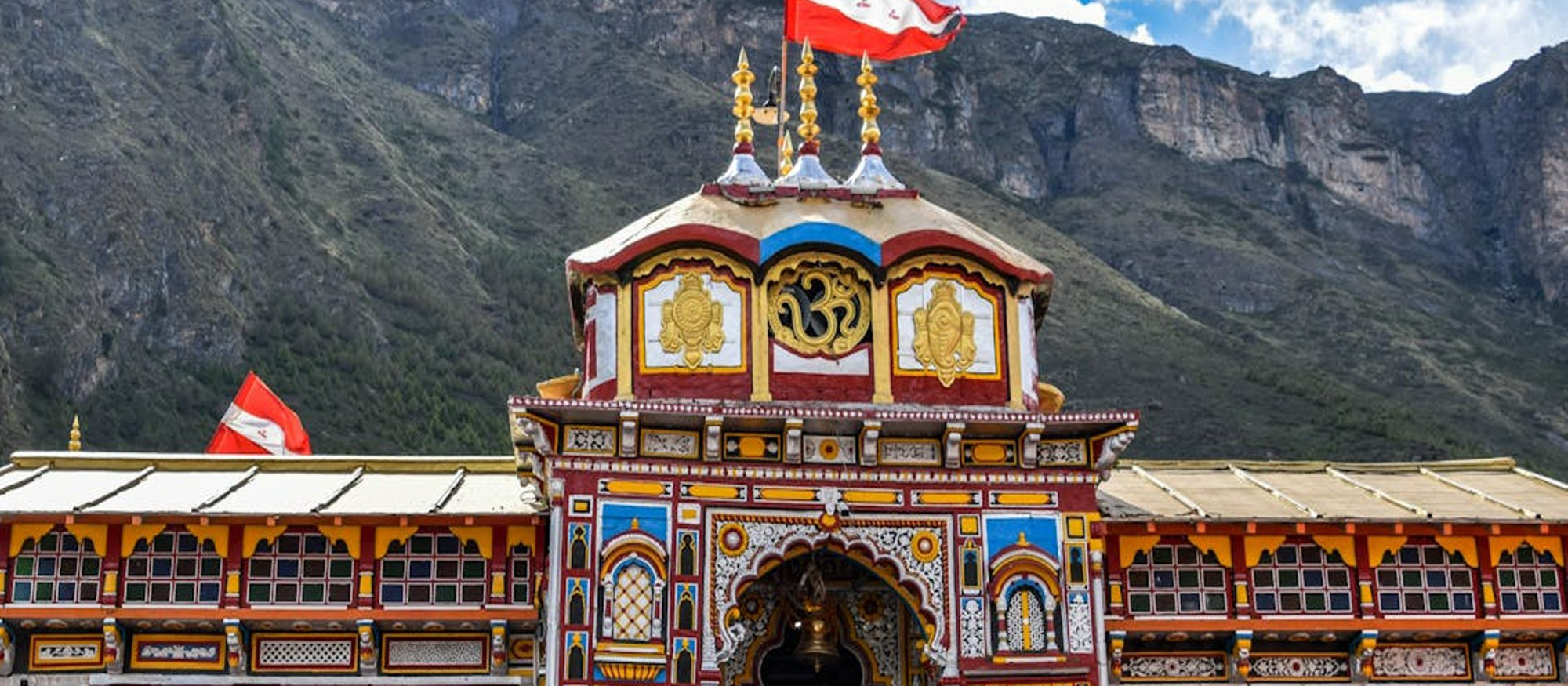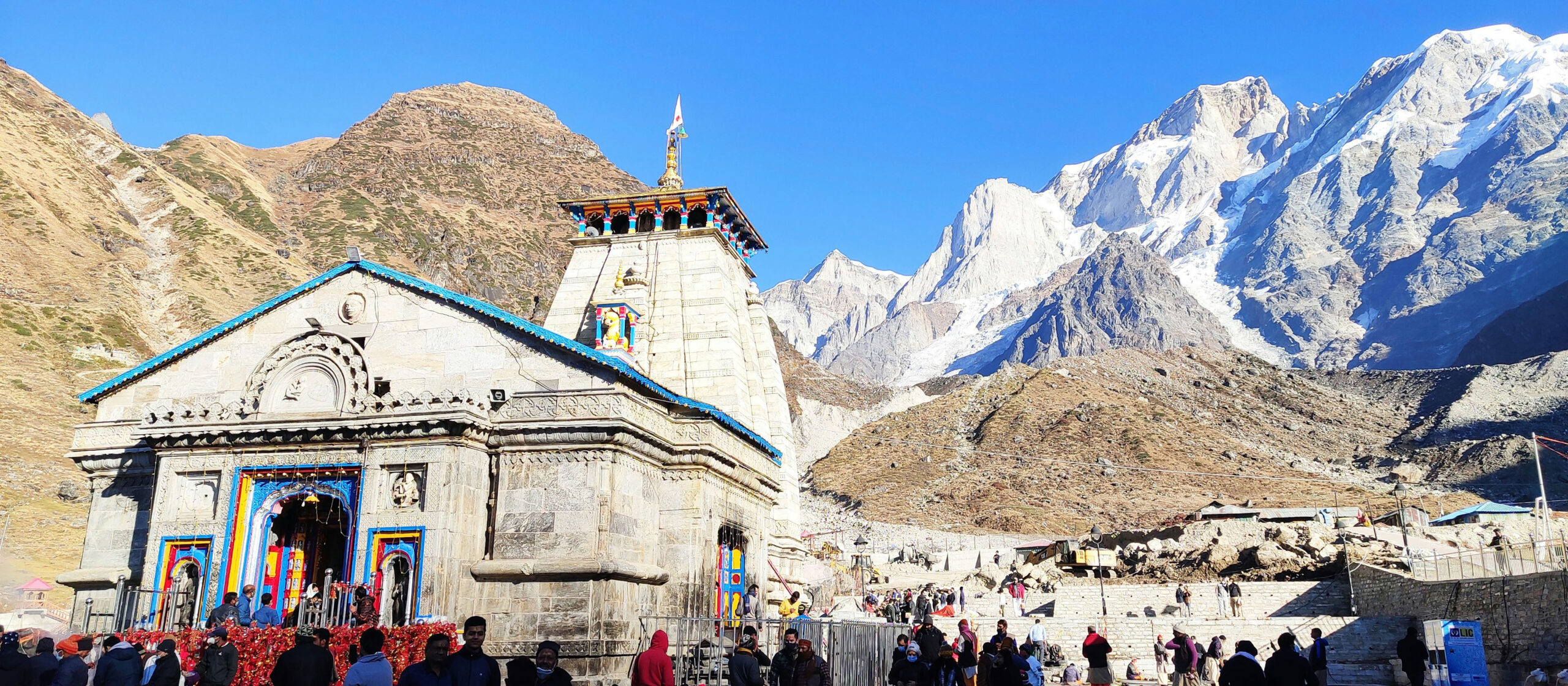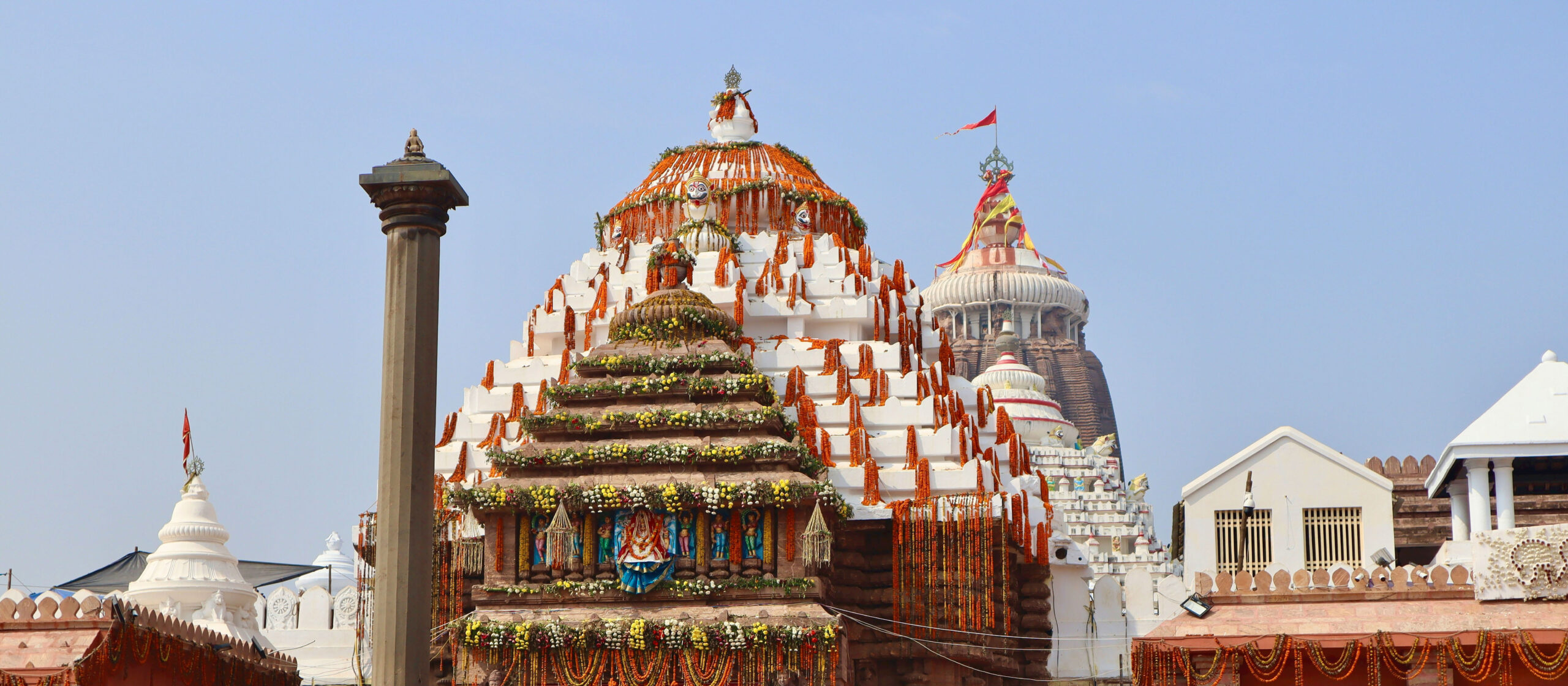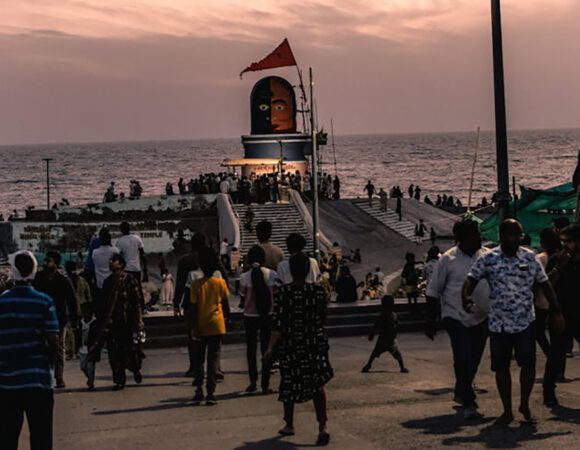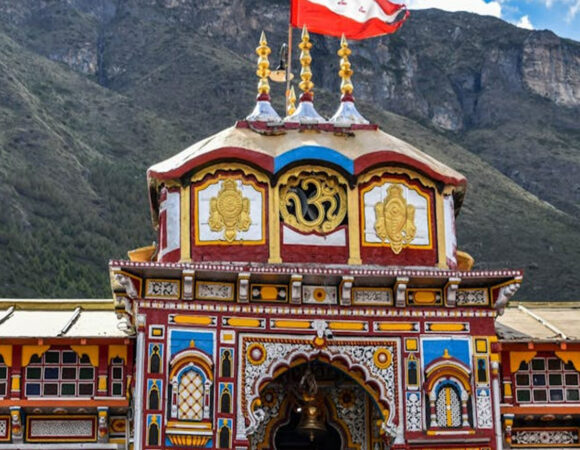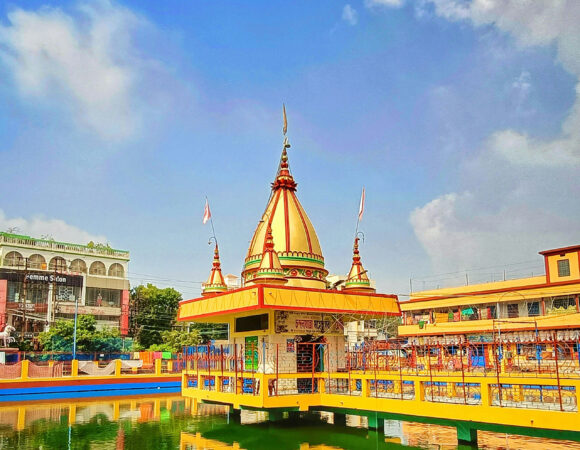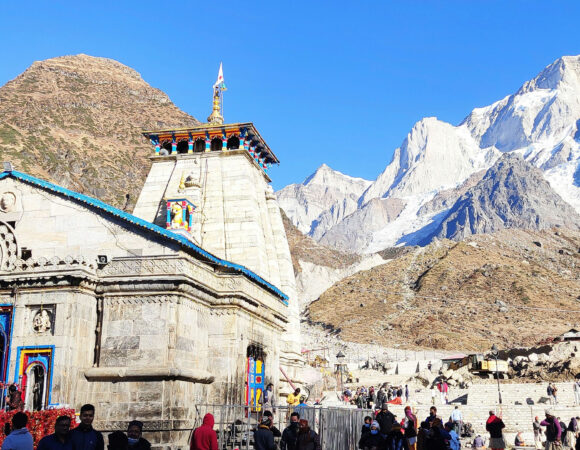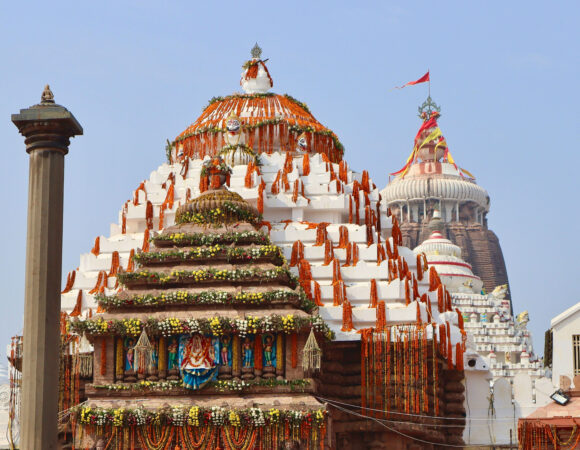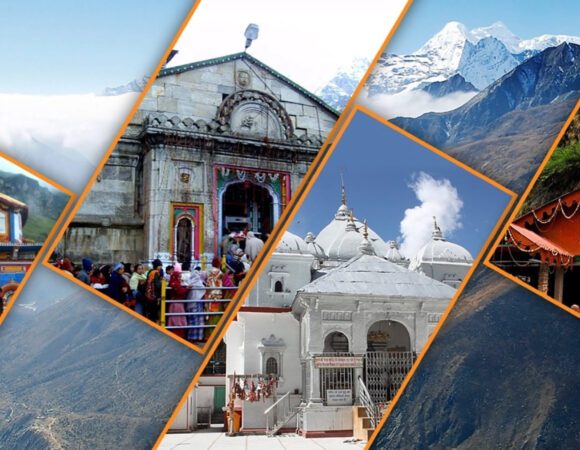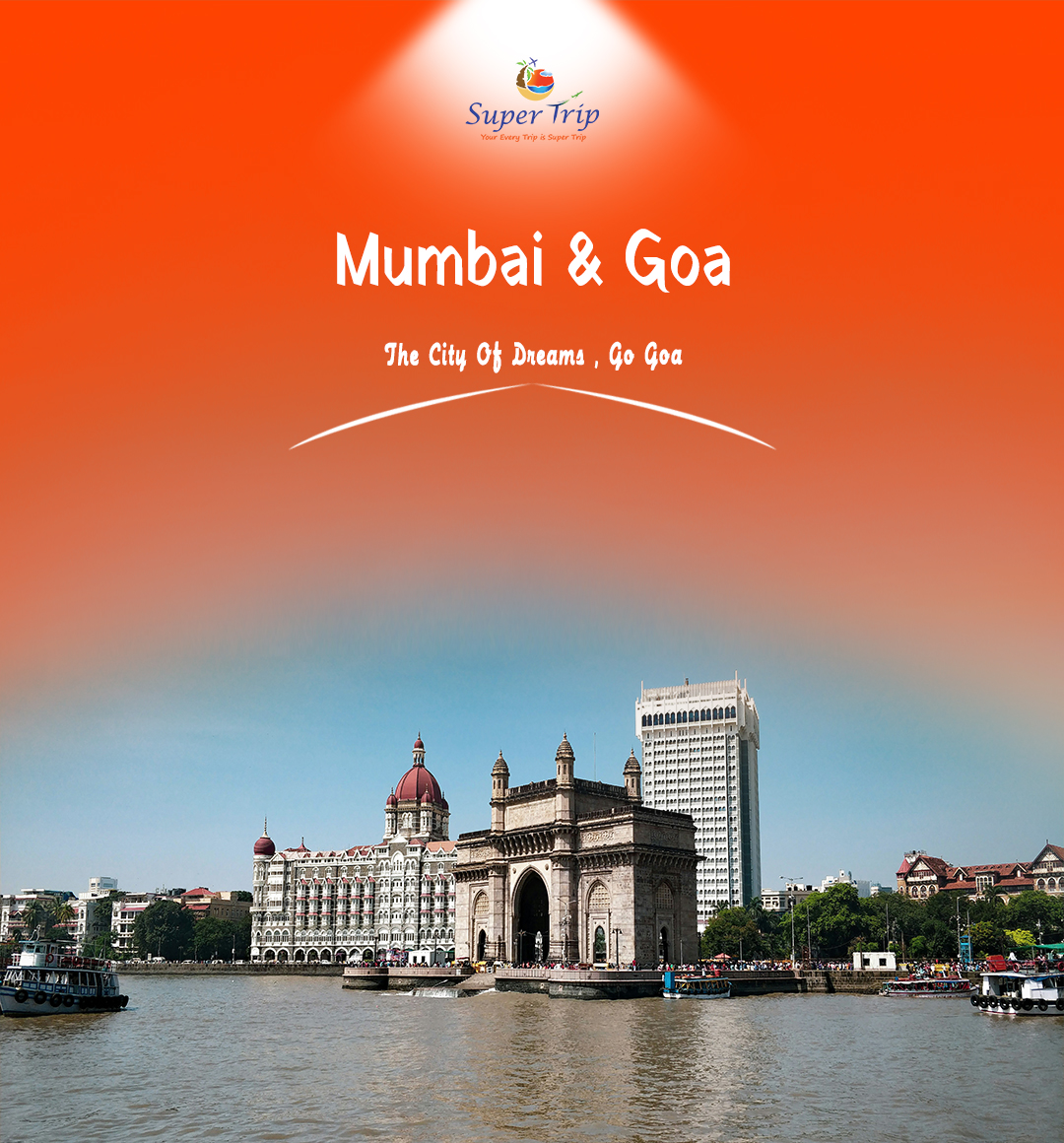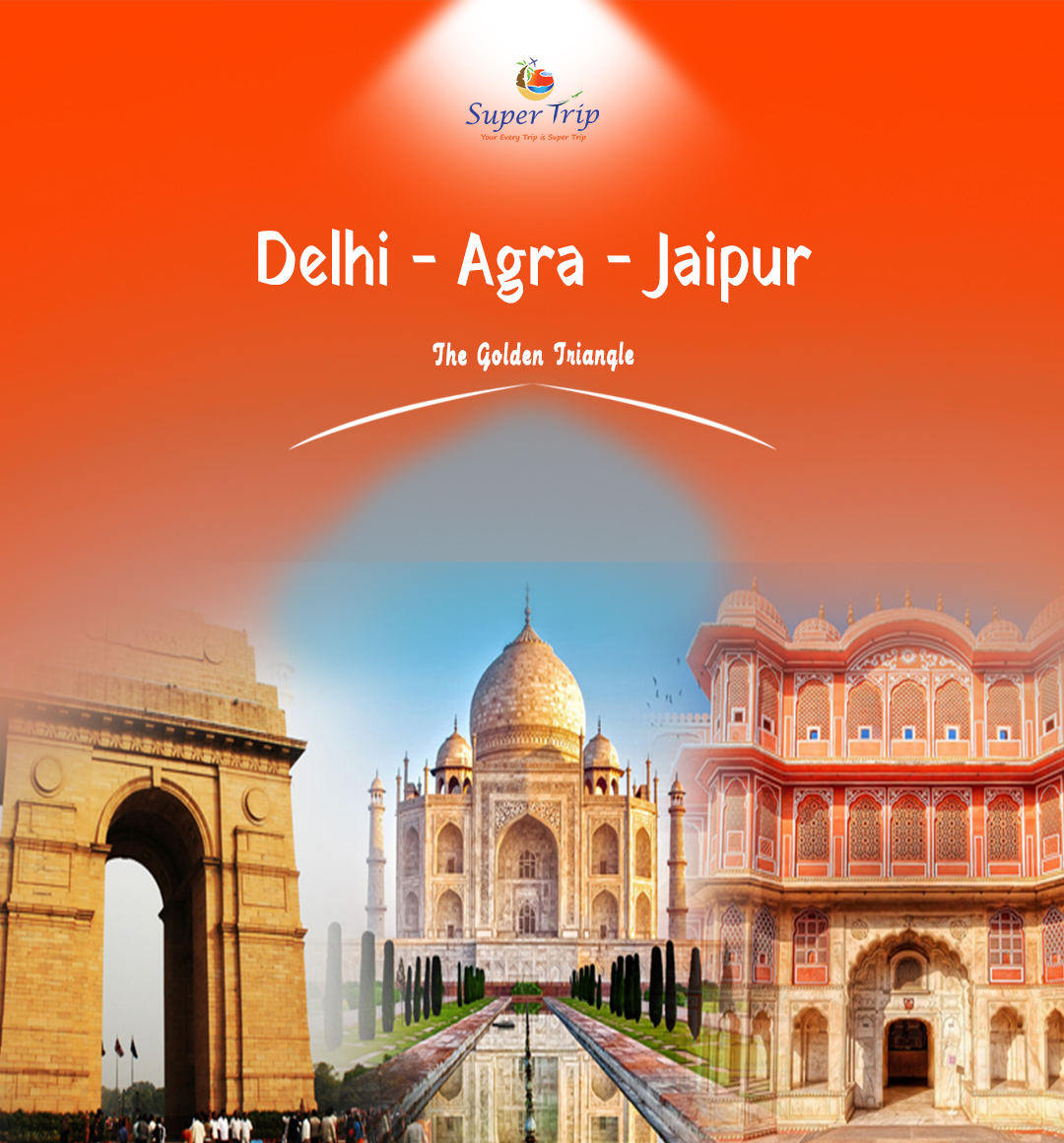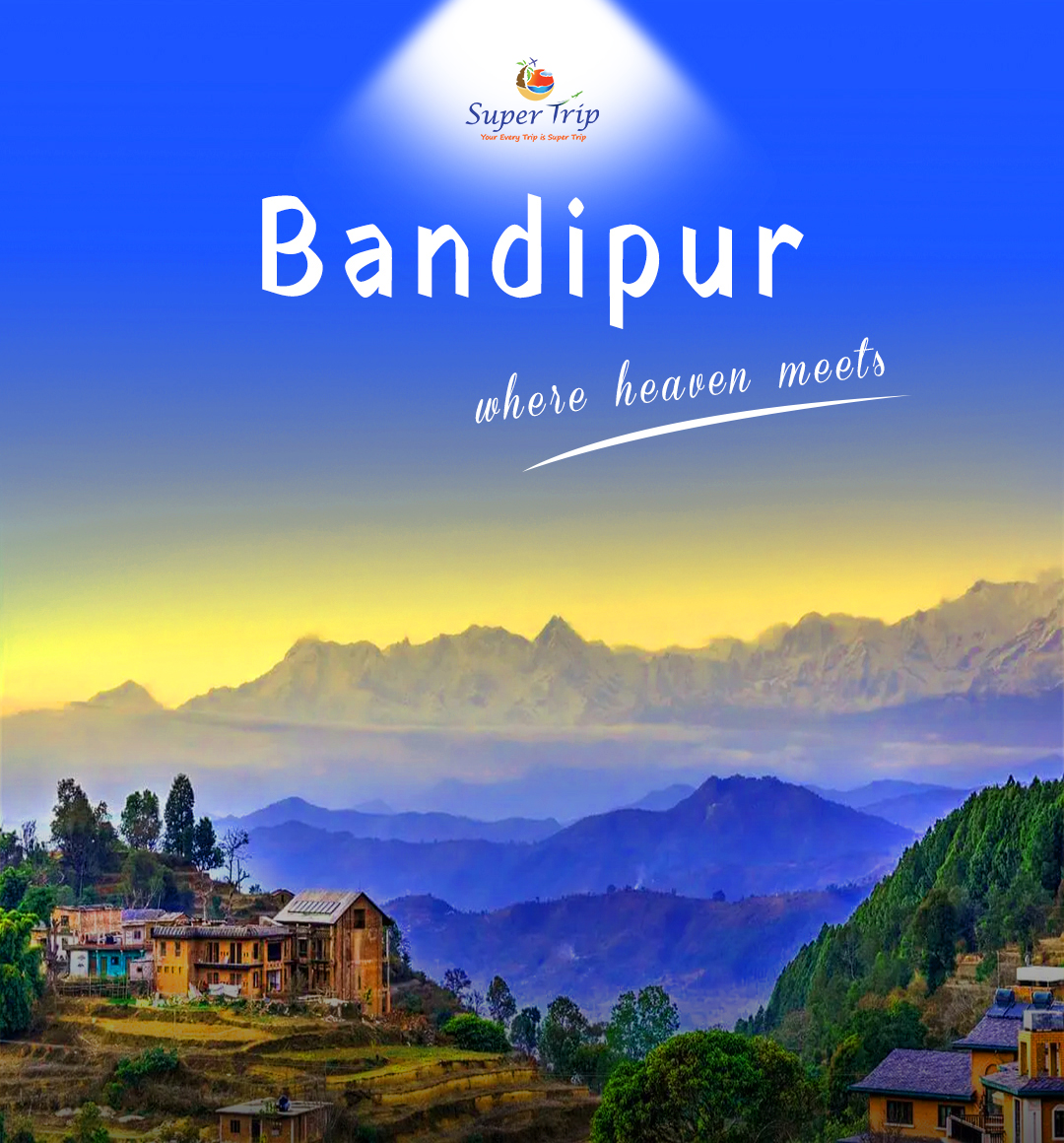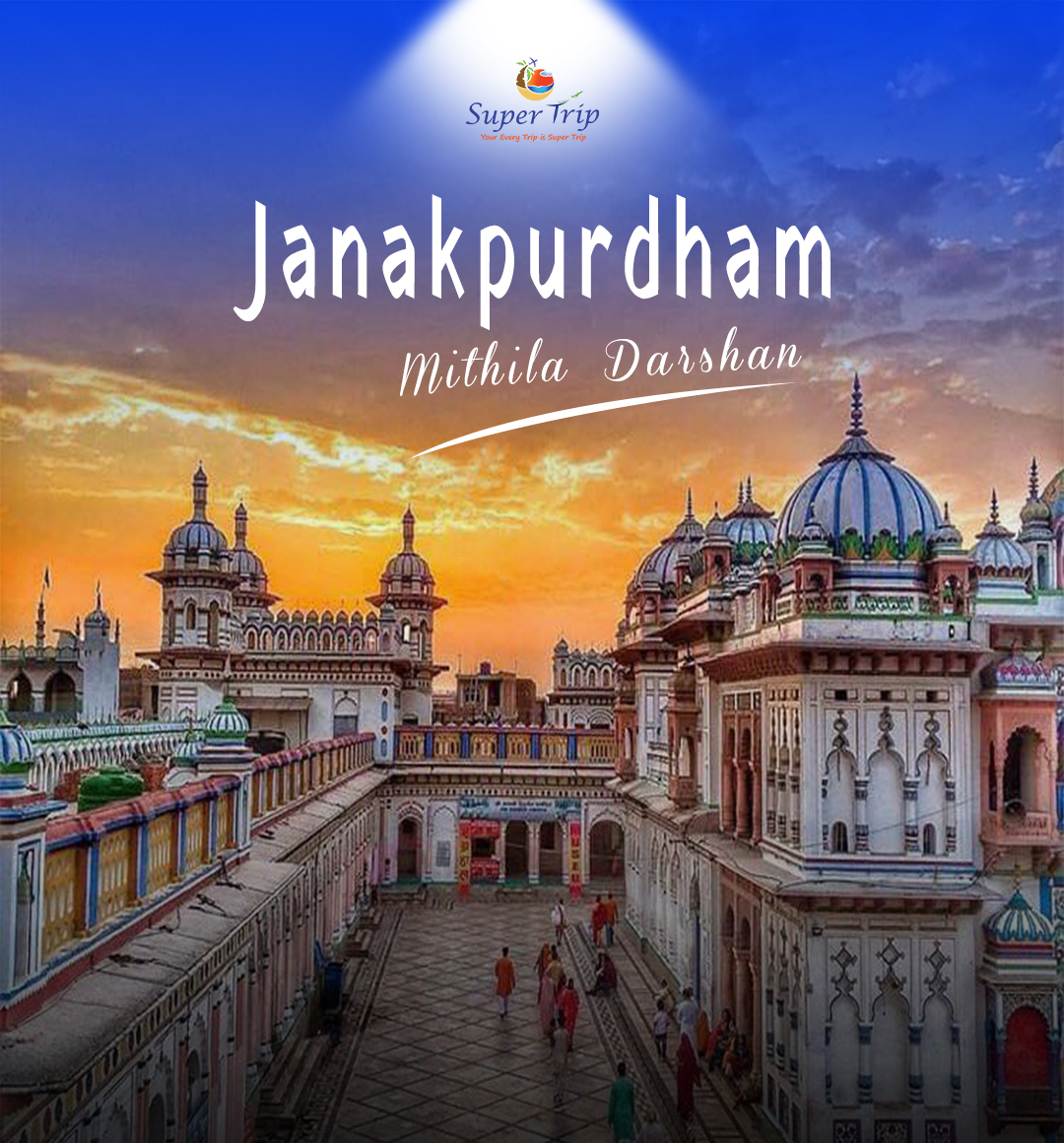Chardham Yatra
Tour Information
Booking Location
Trip Activity
Trip Type
Trip Grade
Accomodation
Trip Duration
Group Size
Best Season
Transport
The Char Dham Yatra is a pilgrimage circuit in the northern Indian state of Uttarakhand, comprising four sacred sites: Yamunotri, Gangotri, Kedarnath, and Badrinath. Hindus believe that visiting these four holy shrines helps one attain moksha, or liberation from the cycle of rebirth. This journey is considered a profound spiritual experience, attracting devotees from across India and beyond. Here’s an overview and detailed description of each site:
Overview of Char Dham Sites:
- Yamunotri: Originating from the Yamuna River, Yamunotri is the first stop in the Char Dham Yatra. The temple is dedicated to the Goddess Yamuna and is located in the Garhwal Himalayas. The journey to Yamunotri involves a scenic trek through mountain trails and dense forests.
- Gangotri: Gangotri is dedicated to the Ganga River, revered as a goddess in Hinduism. It’s believed that this is where the River Ganga descended from heaven to earth. Pilgrims perform rituals and take a holy dip in the icy waters of the Bhagirathi River, which is considered sacred.
- Kedarnath: Kedarnath is one of the twelve Jyotirlingas (sacred Shiva temples) and is dedicated to Lord Shiva. Located at an altitude of 3,583 meters, the Kedarnath Temple is surrounded by majestic snow-capped mountains, offering a powerful experience for pilgrims. Due to its high altitude and remote location, it’s one of the more challenging stops on the yatra.
- Badrinath: The final destination of the Char Dham Yatra, Badrinath is dedicated to Lord Vishnu. This temple is situated between the Nar and Narayan mountain ranges along the banks of the Alaknanda River. Badrinath holds great significance as it is considered one of the holiest shrines in Hinduism, believed to grant blessings and salvation to its visitors.
- Arrive at Haridwar, a holy city by the Ganges.
- Attend the Ganga Aarti at Har Ki Pauri in the evening.
- Overnight stay in Haridwar.
- Drive to Barkot (approx. 7-8 hours).
- En route, stop at Kempty Falls near Mussoorie.
- Overnight stay in Barkot.
- Early morning drive to Janki Chatti (1-2 hours).
- Start a trek (or pony/palanquin ride) to Yamunotri Temple (approx. 6 km).
- Return to Barkot for an overnight stay.
- Drive to Uttarkashi (approx. 4-5 hours).
- Visit Kashi Vishwanath Temple in Uttarkashi.
- Overnight stay in Uttarkashi.
- Early morning drive to Gangotri (approx. 3-4 hours).
- Visit the Gangotri Temple and take a holy dip in the Bhagirathi River.
- Return to Uttarkashi for an overnight stay.
- Drive to Guptkashi (approx. 8-9 hours).
- En route, enjoy scenic views of rivers and mountains.
- Overnight stay in Guptkashi.
- Drive to Sonprayag (30-45 minutes) and reach Gaurikund (via local transport).
- Begin the trek to Kedarnath Temple (or take a helicopter).
- Perform Darshan at Kedarnath Temple and stay overnight.
- Trek back to Gaurikund and return to Guptkashi.
- Overnight stay in Guptkashi.
- Drive to Badrinath (approx. 7-8 hours).
- Visit Narad Kund, Vyas Gufa, and Mata Murti Temple near Badrinath.
- Overnight stay in Badrinath.
- Early morning Darshan at Badrinath Temple.
- Visit Mana Village, the last Indian village near the Tibet border.
- Overnight stay in Badrinath.
- Drive to Rudraprayag (approx. 5-6 hours).
- Visit Rudranath Temple and the confluence of Alaknanda and Mandakini rivers.
- Overnight stay in Rudraprayag.
- Drive back to Haridwar (approx. 6-7 hours).
- End of the Char Dham Yatra.
- The journey involves high altitudes and steep treks, so be prepared for challenging weather and terrain.
- Pack warm clothes, rain gear, and essentials as the weather can change rapidly.
- Some people opt for helicopter services for Kedarnath for convenience.
- Accommodation:
- Hotel stays on a twin-sharing or triple-sharing basis in Haridwar, Barkot, Uttarkashi, Guptkashi, Kedarnath (dormitories or basic guesthouses), Badrinath, and Rudraprayag.
- Meals:
- Usually breakfast and dinner are included throughout the journey.
- Transportation:
- Round-trip transfers and all travel during the yatra by private vehicle (usually a car or tempo traveler, depending on group size).
- Permits and Taxes:
- All toll taxes, driver allowances, and parking charges.
- Government permits required for the Char Dham route.
- Guide and Assistance:
- Assistance from experienced tour managers and guides (for larger groups).
- Basic guidance on route and information about temples.
- Darshan Assistance:
- Assistance with temple darshan at each dham.
- Helicopter Booking Assistance (Optional):
- For Kedarnath, help with helicopter bookings (usually booked separately at an extra cost).
- Helicopter Charges for Kedarnath:
- Helicopter or pony/palanquin charges for Kedarnath temple (can be booked separately).
- Meals and Beverages Not Listed:
- Lunch is generally excluded unless specifically mentioned.
- Snacks, beverages, and bottled water are typically extra.
- Personal Expenses:
- Personal items, laundry, phone calls, room service, tips, etc.
- Medical Insurance:
- Travel and medical insurance are generally not included. It is advisable for travelers to arrange their insurance.
- Special Darshan or Ritual Charges:
- Any specific puja or special darshan charges at temples (if desired).
- Entry Fees at Local Attractions:
- Entrance fees to local sights such as Kempty Falls, Mana Village, and other nearby sites.
- Emergency Evacuation Costs:
- In case of landslides, weather disturbances, or any emergencies, costs for rescue or extra transportation are not included.
- Extra Accommodation or Stay Extension:
- Extra nights or stays extended beyond the package duration due to personal reasons or unforeseen circumstances.
Detailed Description of Each Dham
- Yamunotri
- Location: Uttarkashi district, Uttarakhand
- Elevation: 3,293 meters (10,804 feet)
- Significance: Dedicated to the Goddess Yamuna, the Yamunotri Temple marks the source of the Yamuna River. The Yamuna River is believed to be the sister of Yama (the god of death), and a holy dip here is thought to provide protection from an untimely death.
- Highlights: The temple, hot water springs (Surya Kund), and the trek through scenic valleys and rocky landscapes.
- Gangotri
- Location: Uttarkashi district, Uttarakhand
- Elevation: 3,100 meters (10,200 feet)
- Significance: This shrine is dedicated to Goddess Ganga. According to legend, King Bhagirath performed penance here to bring Ganga down to Earth to cleanse the souls of his ancestors. The river is called Bhagirathi at its source, and it becomes the Ganges upon merging with the Alaknanda at Devprayag.
- Highlights: The beautiful Gangotri Temple, Bhagirathi River, and scenic Himalayan views along the pilgrimage route.
- Kedarnath
- Location: Rudraprayag district, Uttarakhand
- Elevation: 3,583 meters (11,755 feet)
- Significance: Kedarnath is one of the most important temples dedicated to Lord Shiva and is considered one of the twelve Jyotirlingas. It’s part of the Panch Kedar and is believed to be where Shiva took refuge from the Pandavas, eventually blessing them. Kedarnath is known for its natural beauty and spiritual ambiance.
- Highlights: The ancient Kedarnath Temple, which has stood the test of time for over a thousand years, the trek from Gaurikund, and breathtaking views of the surrounding peaks.
- Badrinath
- Location: Chamoli district, Uttarakhand
- Elevation: 3,300 meters (10,827 feet)
- Significance: The Badrinath Temple is dedicated to Lord Vishnu, one of the principal deities in Hinduism. Badrinath is considered to be a place of salvation, where Lord Vishnu meditated, and it is one of the Char Dham of India (different from the Chota Char Dham in Uttarakhand).
- Highlights: The beautiful temple, Tapt Kund (hot springs), Mana Village (India’s last village before the Tibetan border), and scenic views of the Alaknanda River.
Essentials for the Journey
- Duration: The Char Dham Yatra typically takes about 10-12 days.
- Best Time to Visit: April to June and September to November (monsoon season is best avoided due to landslides).
- Accessibility: Yamunotri and Kedarnath require trekking, while Gangotri and Badrinath are accessible by road.
- Weather: Temperatures vary widely, with cold weather and snow likely at higher altitudes, especially at Kedarnath.
Significance of Char Dham Yatra
Undertaking the Char Dham Yatra is believed to cleanse the soul and free individuals from sin. Devotees believe it offers blessings, spiritual enlightenment, and an opportunity to experience the divine essence of the Himalayas.



